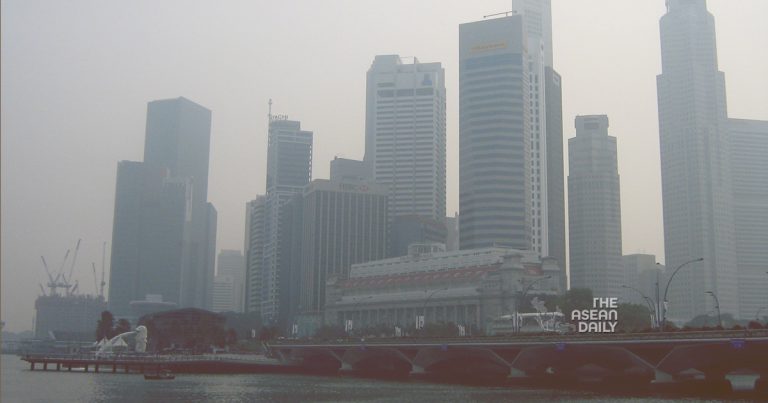4-9-2024 (SINGAPORE) Singapore has been selected to house South-East Asia’s control centre for forest fires and smoke pollution. This new initiative aims to provide more accurate and timely haze forecasts, enabling governments and citizens to take preemptive measures against unhealthy air conditions.
The Regional Specialised Meteorological Centre for Vegetation Fire and Smoke Pollution, set to commence operations this September, is a groundbreaking project by the World Meteorological Organization (WMO). It will be one of only two such centres globally, with Canada hosting the other due to its susceptibility to wildfires.
Ms Koh Li-Na, director of the existing Asean Specialised Meteorological Centre (ASMC), elucidated the centre’s purpose during the ASMC-WMO regional forum. She highlighted the limitations of current forecasting methods, particularly when dense cloud cover obstructs satellite imagery of hot spots. The new centre aims to overcome these challenges by employing advanced tools and technologies.
“We’re developing modelling capabilities to predict smoke dispersion from forest fires, such as those in Sumatra, and to identify which countries are likely to be affected by haze,” Ms Koh explained. The centre will also provide detailed information on fire activity and pollutant concentrations from regional forest fires.
Minister for Sustainability and the Environment Grace Fu announced Singapore’s designation as the host country during the forum at the Sands Expo and Convention Centre. She emphasised that the centre’s data will support critical decision-making in areas including emergency response, environmental protection, public health management, and fire management.
The centre’s comprehensive data, including haze dispersal forecasts, satellite images, hot spots, and fire risk assessments, will be accessible via the website www.mss-int.sg/vfsp-was. This platform will serve as a vital resource for regional stakeholders in the haze management ecosystem.
Ms Koh highlighted the benefits of hosting the centre, noting that it brings WMO’s expertise to South-East Asia and fosters collaboration among regional players. For instance, the Malaysian meteorological department contributes fire risk data to the website.
“Forest fires are a significant concern for this region,” Ms Koh stated. “The WMO’s international connections and links with modelling centres will be invaluable resources.”
While the risk of transboundary haze affecting Singapore and the region in 2024 is currently low due to expected wetter weather conditions, the establishment of this centre represents a proactive approach to a recurring environmental challenge.
Associate Professor Steve Yim from the Asian School of the Environment at NTU commented on the centre’s potential impact: “It may provide ASMC with more real-time and detailed data for monitoring and forecasting, facilitating cooperation between governments to mitigate or even prevent transboundary haze occurrences.”




